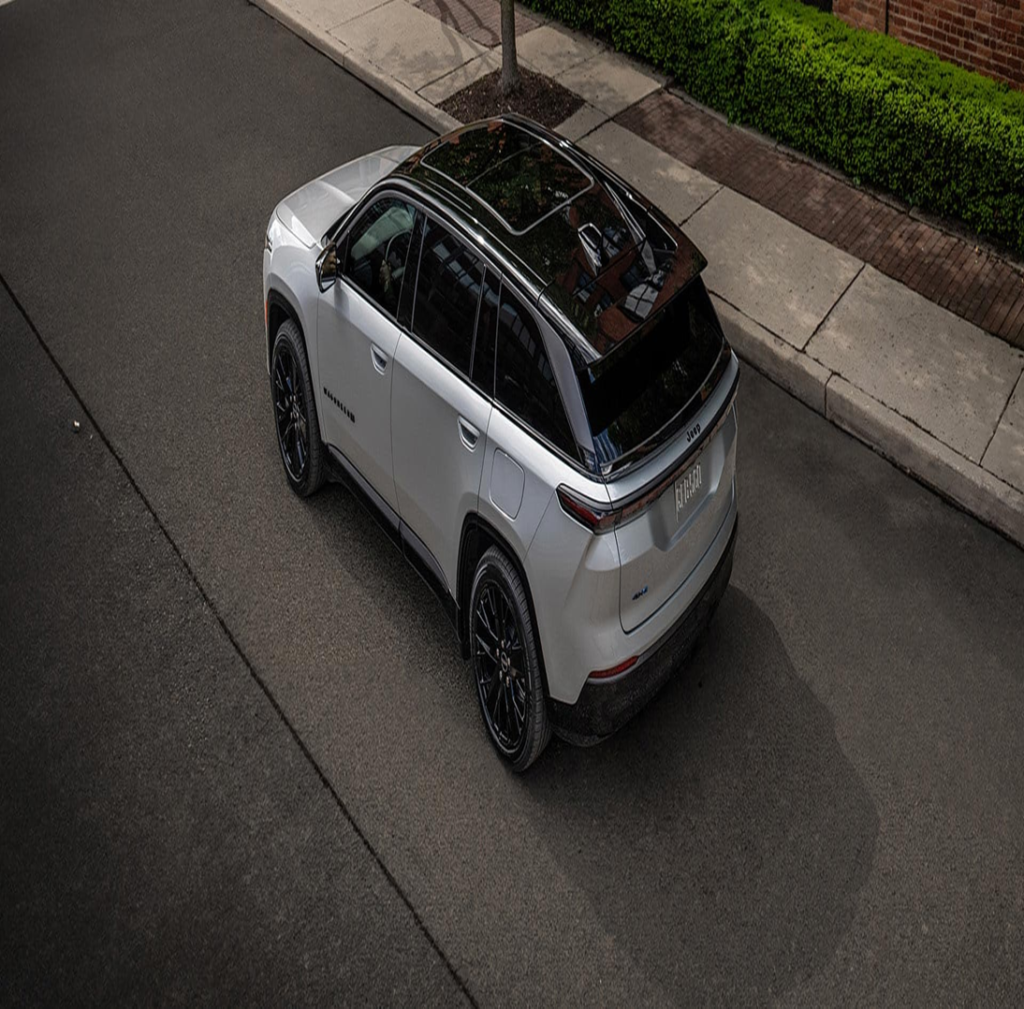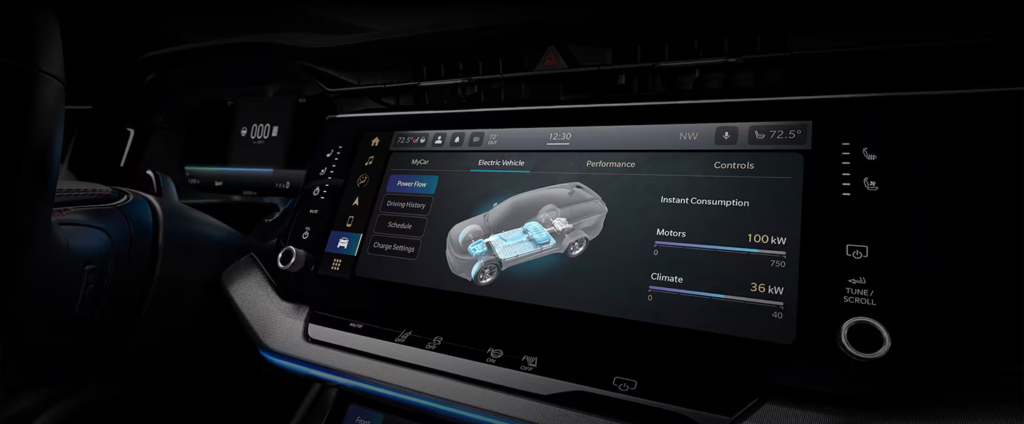Introduction:
In the electric vehicles car market, many other great electric vehicle options have hit the market.
Electric Vehicles, loaded with various features and impressive ranges, like the Hyundai Ioniq 6, Kia EV6, and Chevrolet Blazer are hitting the electric vehicle market with attractive deals and financial offers.
TESLA:
Tesla is the largest electric vehicle seller in the U.S. market. Still, some other best alternative manufacturers and models are also available to give tough competition to the leading EV manufacturer Tesla.

At the beginning of the EV era, Tesla was leading the other manufacturers, but now it does not have as big a lead over its competitors. Though its EVs are still among the best, competing automakers have trapped up and have even surpassed Tesla in some areas.
12 Rivals of TESLA Electric Vehicles is different Technical Aspects:
1. BMW i4 electric vehicles:

The BMW i4 is the main rival of the Tesla Model 3.
# The cost of the single model i4 e-drive 35 is $52,200.
# The sprint time of this model is the same as that of the base model 3
# The range is up to 276 miles.
The longest-range model is the dual-motor $61,600 i4 xDrive 40, with a claimed EPA range of up to 307 miles and an acceleration time of 4.9 seconds.
Specifications at a glance of BMW i4:
# BMW i4 offers:
Power: 536 hp
Sprint Time to 60 mph of 3.7 seconds.
2. Hyundai Ioniq 6 electric vehicles:

Hyundai Ioniq 6, is launched with an aerodynamic shape and looks like a pebble- a design that seems to split opinions.
The new Hyundai and Kia EVs are coming with an E-GMP platform. This platform runs on 800 volts, which makes the car quick to charge and efficient.
The cost of the Ioniq 6 starts at $ 37,500 and can give 240 miles of range from its 53-kilowatt-hour battery and just 150 horsepower from a single rear-mounted electric motor. It achieves 0 to 600 mph in around 805 seconds.
The variant SE of Ioniq 6 costs $ 42,450 and delivers a range of 361 miles & quick acceleration with 225 horsepower and a bigger battery of 77.4 kWh.
Specifications At a Glance of Hyundai Ionoq 6:
# Hyundai Ioniq 6 base Model:
Cost: $37500
Range: 240 miles
Battery: 53 kilowatt- hour
Power: 150 horsepower
# Hyundai Ioniq 6 SE Model:
Cost: $42450
Range: 361 miles
Battery: 77.4 kilowatt-hour
Power: 225 horsepower.
3. Polestar 2 Electric Vehicles:

The Polestar is one of the bigger rivals of the Tesla Model 3, which was launched in 2020.
The single-motor, 299 hp model Polestar costs $49,900. Its sprint is 60mph in 5.9 seconds and its range is 320 miles.
The dual motor all-wheel drive polestar of 421 hp power and 276 miles range costs $55,300.
Specifications At a Glance of Polestar:
# Polestar Single-motor Model:
Cost: $49,900
Range: 320 miles
Power: 299 horsepower
# Polestar Dual-motor Model:
Cost: $55,300
Range: 276 miles
Power: 421 horsepower.

The Hyundai Ioniq 5 is built on the same E-GMP platform as the Ioniq 6. The Ioniq 5 is the rival of the Tesla Model Y.
Specifications at a Glance of Hyundai Ionoq 5:
# Hyundai Ioniq 5 base Model:
Cost: $41,800
Range: 220 miles
Power: 168 horsepower.
5. Kia EV6:

The Kia EV6 is very similar to the Ioniq 5 and Ioniq 6 in terms of mechanical properties.
Its unique look is like the hi-tech rally car. It offers a more dynamic driving experience compared to its Hyundai counterparts.
Specifications at a Glance of Kia EV6:
# Kia EV6 base Model:
Cost: $43,000
Range: 232 miles
Battery: 58 kilowatt-hour
Power: 168 horsepower
# Kia EV6 Advanced Model:
Cost: $45,590
Range: 310 miles.
Power: 225 horsepower
Battery: 77.4 kilowatt-hour
# Kia EV6 Long Range AWD Model:
The long range AWD model adds a second motor on the front axle which gives 320hp in combination. Its range drops to 282 miles.
Cost: $49,850
Range: 282 miles Power: 320 horsepower.
The Ford Motor is manufacturing one of the more fun to drive electric crossovers, the Mustang Mach-E. It’s interior is very impressive and coming with a decent Range.

Specifications at a Ford Mustang Mach-E:
# Ford Mustang Mach-E base Model:
Cost: $41,990
Range: 250 miles
Battery: 58 kilowatt-hour
Power: 267 horsepower from a single rear-mounted electric motor
To upgrade for extended range of battery pack, it costs $45990 for a range up to 320 miles.
The drive unit gets more power to compensate for the heavier battery and still delivers a similar 6.1-second benchmark sprint time.
The Rally model Ford Mustang Mach-E, gives more power and allows you to have fun sliding around a dirt road at a vehicle cost of $60.900 only.
The Chevrolet Equinox EV is very much liked drive in most of the first drive experiences. It is normal in drive with breadth of capabilities.

Specifications at a Glance of Chevrolet Equinox EV:
# Chevrolet Equinox EV base front-wheel-drive Model:
Cost: $34,995
Range: 319 miles on a single charge
# Chevrolet Dual-motor 2LT Equinox EV all-wheel-drive Model:
Cost: $43,295
Range: 285 miles on a single charge
The price goes up to $46,795 for the top 3RS variant.
8. Polestar 4:
The Polestar 4 Crossover is a splash in the EV market. Its coupe-like rear end looks like the Model Y and Mach-E in terms of body style.

Specifications at a Glance of a Polestar 4 Crossover:
# Polestar 4 Crossover base Model:
Cost: $54,900
Range: 300 miles of EPA range
Power: 272 horsepower from a single rear-mounted electric motor
# Polestar 4 All-wheel-drive Model:
Cost: $62,900
Range: 270 miles.
Power: 544 horsepower.
9. BMW i5 :
The BMW is manufacturing both the combustion and the electric versions of its 5 series sedan.

Specifications at a Glance of a BMW:
# BMW i5 eDrive40 base Model:
Cost: $67,100
Range: 295 miles
Power: 335 horsepower from a single rear-mounted electric motor
Sprint: 0 to 60mph in 5.7 seconds
# BMW i5 xDrive40 all-wheel-drive Model:
Cost: $70,100
Range: 266 miles
Power: 389 horsepower
Sprint: 0 to 60mph in 5.2 seconds
# BMW i5 xDrive40 all-wheel-drive Model:
Cost: $70,100
Range: 266 miles
Power: 593 horsepower
Sprint: 0 to 60mph in 3.7 seconds
10. Lucid Air:
The luxury carmaker Lucid Air developed the most efficient and longest-range premium electric sedan on its proprietary platform of 900 volts. It is very comfortable, roomy inside, and even fun driving around a twisty road. This car provides balanced driving with precise steering that allows an accurate placement while operating on the road.

Specifications at a Glance of Lucid Air:
# Lucid Air Pure base Model:
Cost: $71,400
Range: 411 miles
Battery: 88 kWh
Sprint: 0 to 60mph in 4.5 seconds
# Lucid Air the Grand Touring Model:
Cost: $111,400
Range: 516 miles
Battery: 118 kWh
# Lucid Air Sapphire Model:
Cost: $250,500
The Lucid Air Sapphire is the top-performance model and is one of the quickest-accelerating cars on the planet with the combined power of three electric motors.
11. Porsche Taycan:
The Taycan was the only rival of the Tesla Model S, before the launch of Lucid Air and BMW i5.

Specifications at a Glance of Porsche Taycan:
# Porsche Taycan base Model:
Cost: $99,400
Range: 274 miles
Power: 402 hp from a single motor
Sprint: 0 to 60mph in 4.5 seconds
# Porsche Taycan Turbo Model:
Cost: $173,600
Range: 292 miles
Power: 871 hp
Sprint: 0 to 60mph in 2.5 seconds
# Porsche Taycan Turbo S Model:
Cost: $209,000
Range: 266 miles
Power: 938 hp
Sprint: 0 to 60mph in 2.3 seconds.
Mercedes launched its electric vehicles in a similar look to its combustion engine cars. To make it aerodynamic efficient and to maximize its interior space its EQS sedan looks egg-shaped. It may not be the prettiest sedan, but it’s far from being a luxury EV, with a futuristic interior and plenty of range from its big battery pack.
Specifications at a Glance of Mercedes-Benz EQS:
# Mercedes-Benz EQS 450+ base Model:
Cost: $104,400
Range: 274 miles
Battery: 118 kWh
Power: 355 hp from a single motor rear wheel drive
# Mercedes-Benz EQS AMG Model:
Cost: $147,550
Range: 274 miles
Battery: 118 kWh
Power: 649 hp from a single motor rear wheel drive
Sprint: 0 to 60mph in 3.4 seconds
CONCLUSION:
Many top manufacturers are going ahead of TESLA in making electric vehicles and many are in the process just behind. There are many various best options to the consumers for going for an electric vehicle. Market is open and the manufacturers are in the race to compete with each other to give their best.









































